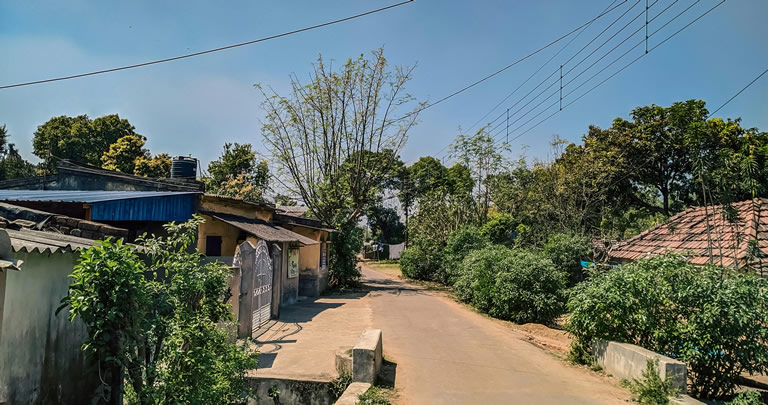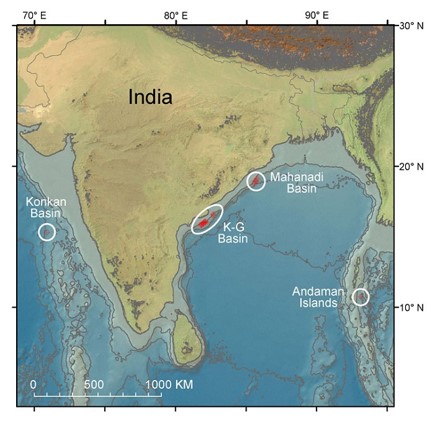
Energizing India
India has the second largest deep-sea gas hydrate
accumulations in the world
India’s National Gas Hydrate Programme (NGHP) has located extensive gas hydrate deposits in the deep-sea portions of the Krishna-Godavari, Mahanadi, and Konkan Basins and Andaman Islands, at depths down to 3,000 meters.
Two NGHP expeditions for drilling and testing have estimated India’s gas hydrate reserves at 100 – 130 trillion cubic feet, with a market value of well over US$ 1 trillion.
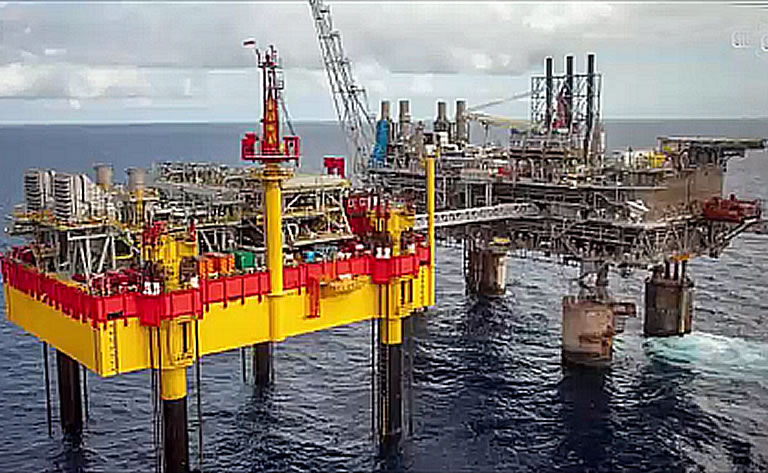
Even 10% of this huge natural reserve is enough to meet India’s escalating energy needs for over 100 years. That will ensure India’s energy independence, in line with COP-28 summit commitments to using clean energy for emission control.
Two areas of the Krishna-Godavari Basin that contain substantial gas hydrate accumulations are ideal locations for pilot testing leading to full-scale methane production.
The infrastructural and distribution cost of re-gassed LNG (liquefied natural gas—mainly methane) in India adds up to about US$ 20 per million btu.
Our patented REHM technology can produce methane from India’s huge gas hydrate deposits at an estimated cost of about US$ 12 per million btu.
India will thus enjoy huge forex savings by producing methane from local gas hydrates, at about 60% of the total cost of distributing imported LNG.
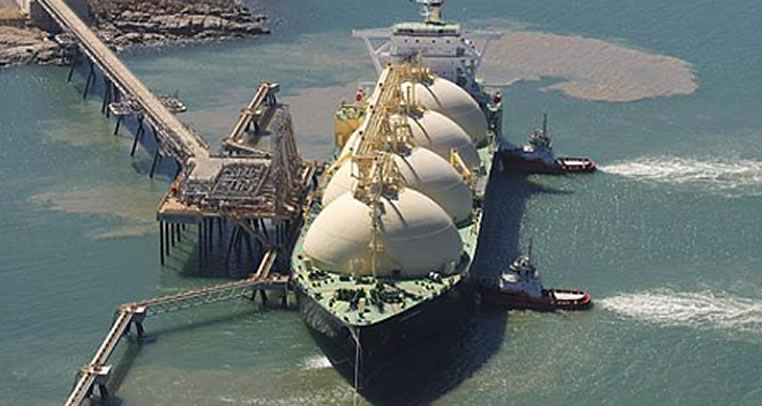
Localized methane production in coastal regions close to the gas hydrate deposits will provide fuel, electricity, fertilizer, and water for drinking, agriculture, and forestation.
Fuel
Compressed Natural Gas (CNG), produced by compressing methane to less than 1% of its volume) can be used as a cheaper substitute for petrol, diesel, or LPG, for vehicles and cooking.
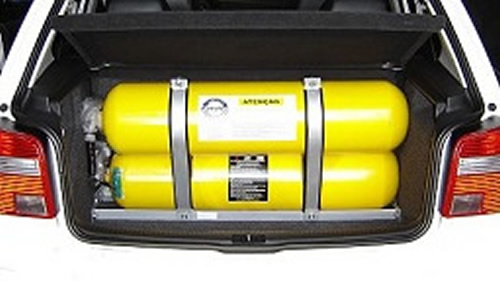
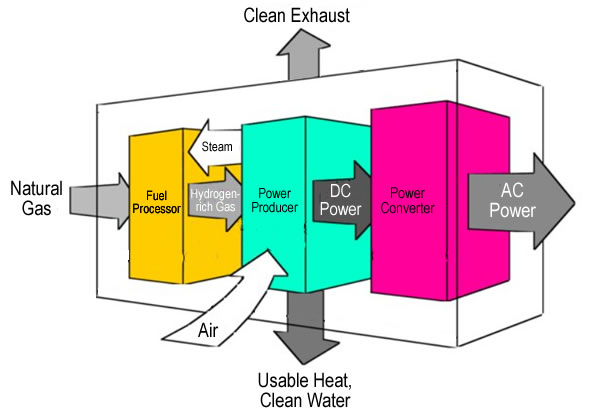
Electricity
Using the new technology of fuel cells, the energy from methane can be used to generate electricity.
Instead of burning methane for energy, fuel cells generate electricity with electrochemical reactions. These reactions produce water, heat, and electricity without any other byproducts or harmful emissions.
Fertilizer
Methane can be used as a raw material to produce ammonia—a source of nitrogen essential for plants.
Ammonia can be further processed and combined with other plant nutrients like phosphorous and potassium to produce different types of fertilizer.
The synthesis process to create ammonia starts by mixing nitrogen from the air with hydrogen from methane at high temperature and pressure. Approximately 60% of the methane is used as raw material, with the remainder used to power the synthesis process.
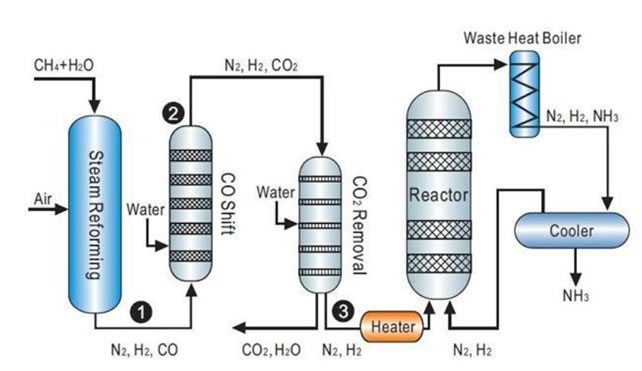

Seawater desalination
Municipalities and water suppliers are increasingly considering seawater desalination to supplement inadequate freshwater sources for drinking, agriculture, and forestation.
For desalination plant sizes of 75 – 570 million liters per day, the methane-based onsite power generation option is 20 – 30% more economical than using grid electricity.
